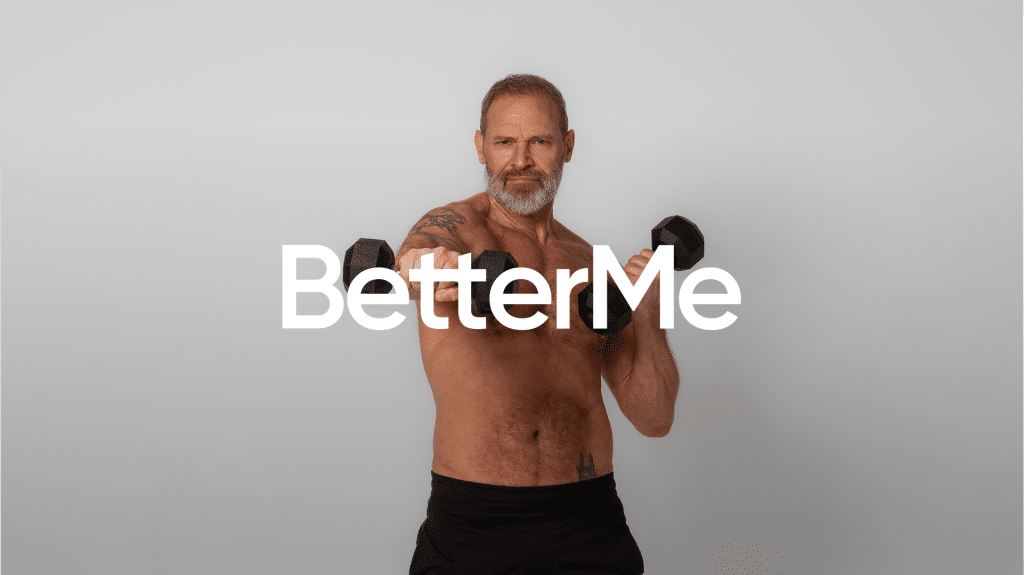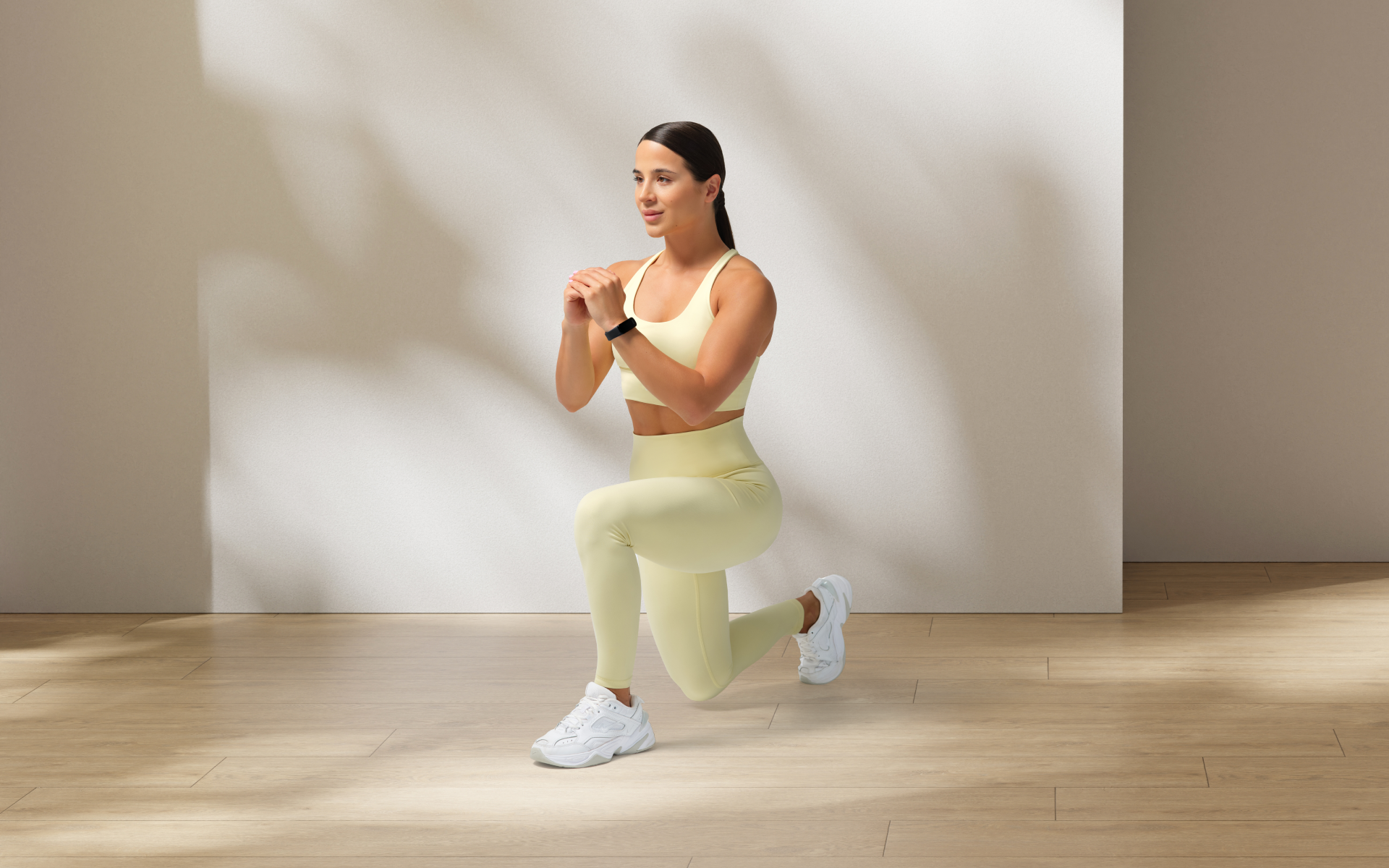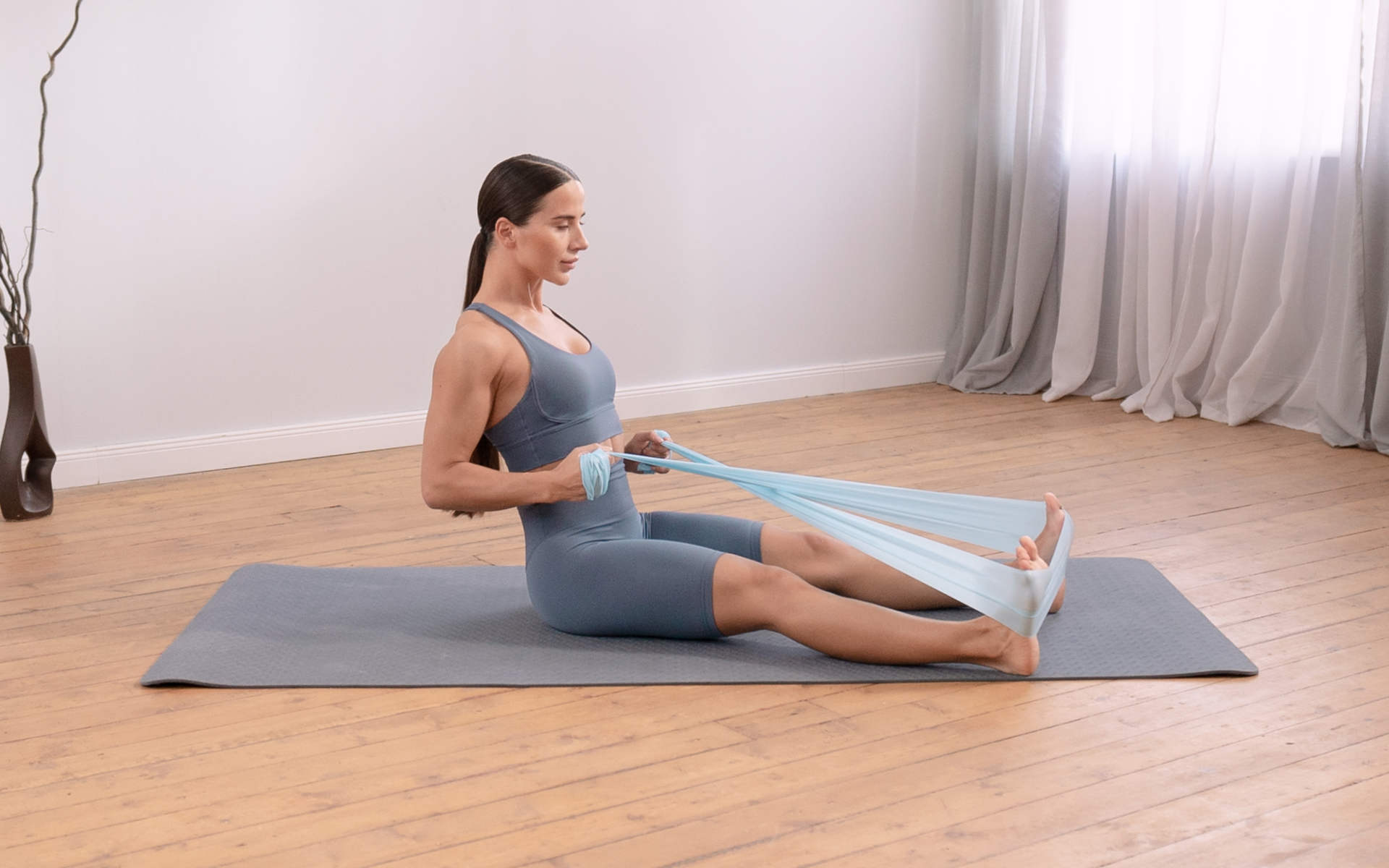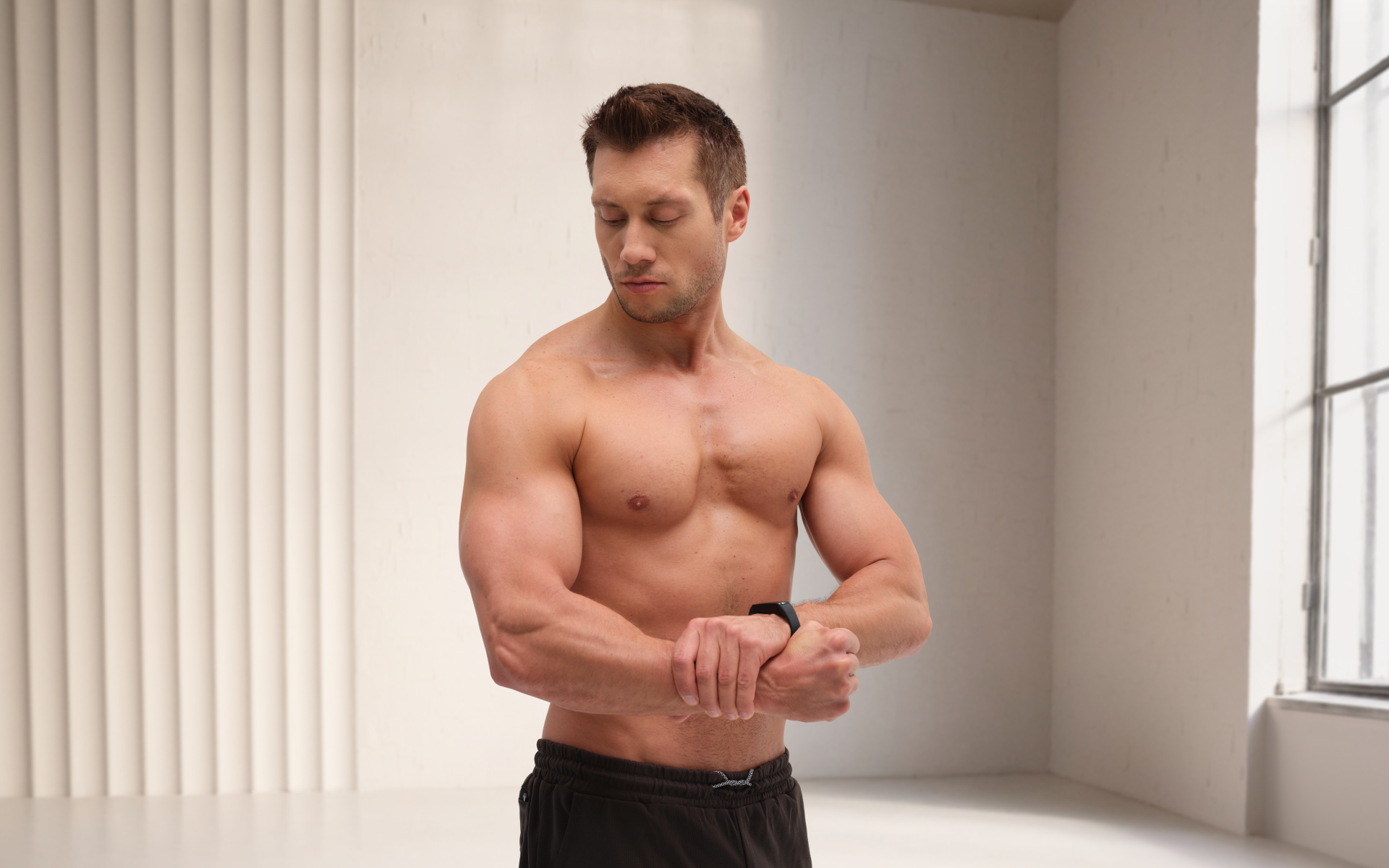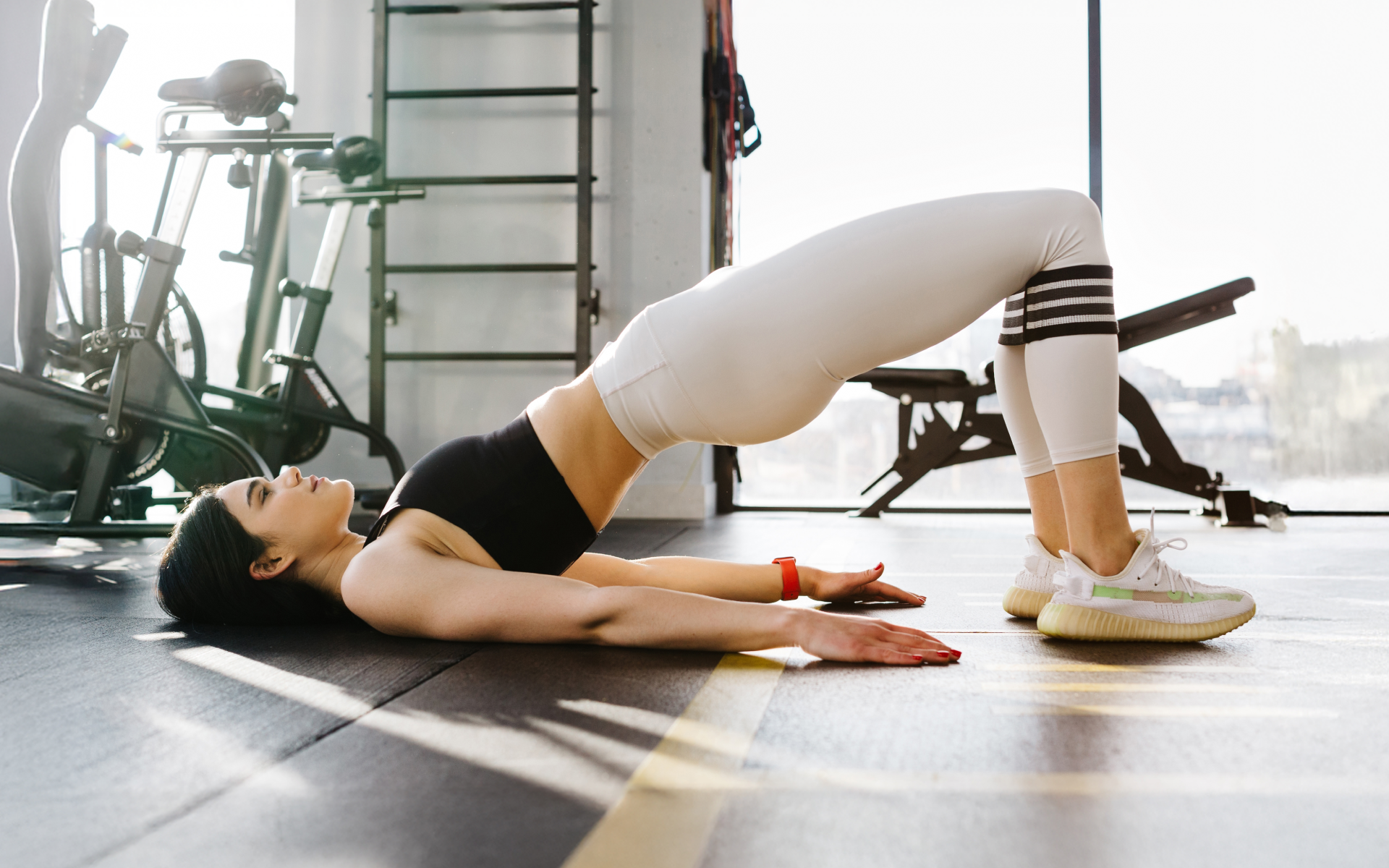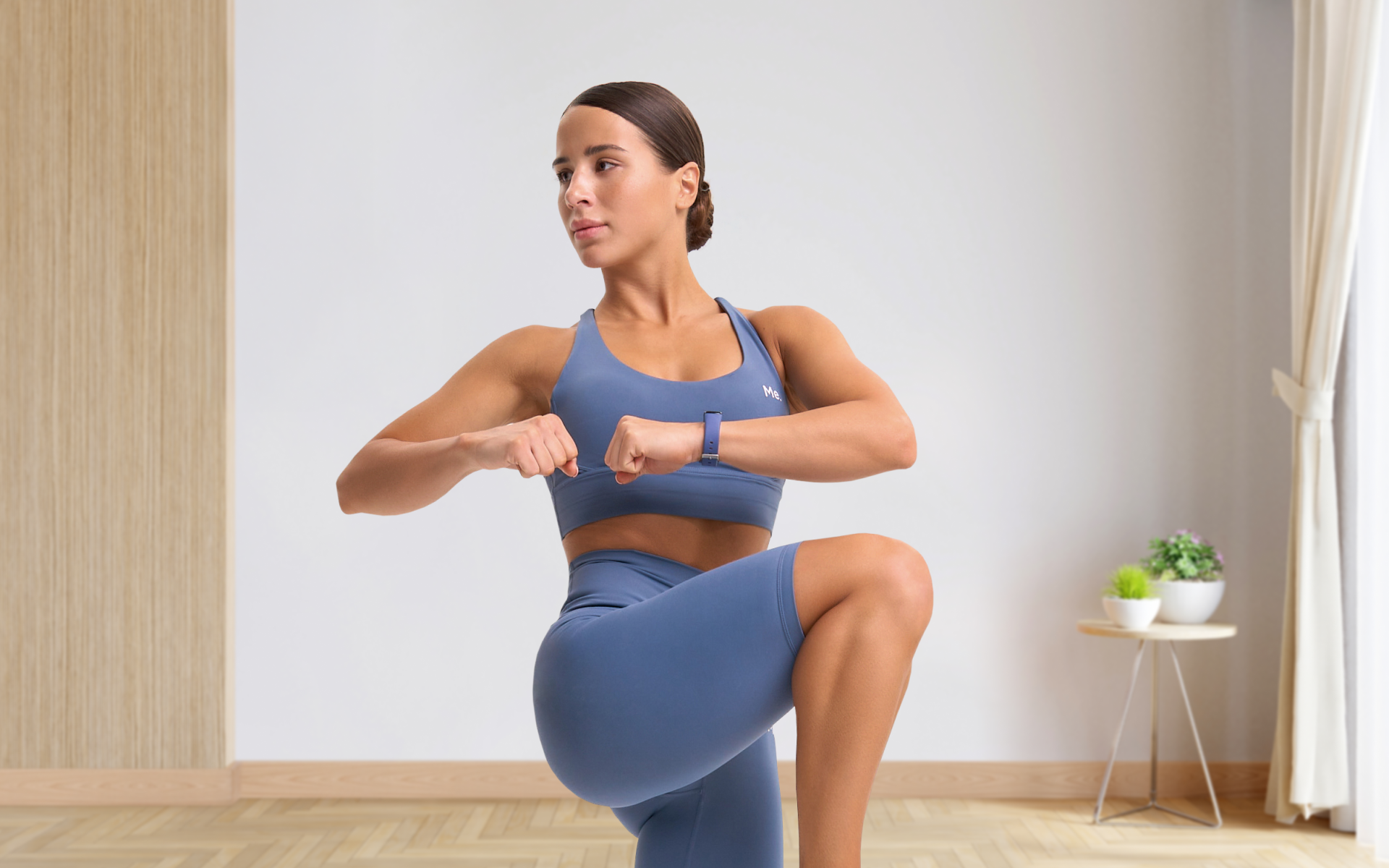The Radio Calisthenics workout, a blend of rhythmic exercises performed to music, has its roots deeply embedded in history, tracing back to the 1920s in Japan. This unique fitness routine was broadcasted via radio, aiming to promote health and fitness among the masses. Now, it’s making a global resurgence, thanks to its simplicity and accessibility for all fitness levels. But is this vintage exercise regimen suitable for everyone? Whether you’re an ardent fitness enthusiast or a beginner making your first foray into the fitness world, our comprehensive guide will provide insights into the morning radio calisthenics routine. We’ll take you through its benefits, techniques, and how you can seamlessly integrate this daily radio calisthenics workout into your lifestyle.
What Is Radio Calisthenic
Radio Calisthenics, also known as “rajio taiso” in Japan, is a unique form of exercise that combines rhythmic movements with music. The name “radio calisthenics” stems from its original format of broadcast – it was, and in some places, still is, broadcasted over the radio.
Originally developed in the United States, this form of calisthenics quickly gained popularity in Japan during the 1920s. It was promoted as a way to improve the health and fitness of the public at large, with the routine designed to be easily followed by people of all ages and fitness levels.
The Japanese public broadcaster NHK has been airing these routines for nearly 90 years, making them a staple part of many Japanese individuals’ daily routines.
A typical radio calisthenics workout lasts approximately 10-15 minutes and includes a variety of exercises designed to increase flexibility, strength, and cardiovascular health. The exercises are performed in time with music, and instructions are provided throughout the broadcast to guide participants through each movement.
In Japan these workouts often take place early in the morning, setting a positive and healthy tone for the day. The idea behind morning radio calisthenics is to not only provide a physical workout but also to cultivate discipline and community spirit, as the exercises are often conducted in groups in local parks or schools.
While the concept of radio calisthenics may seem outdated in today’s world of high-tech fitness apps and equipment, its simplicity and accessibility continue to make it a popular choice for many. Without the need for special equipment or gym memberships, anyone can participate in a radio calisthenics workout from the comfort of their home or local park.
In recent years, this traditional form of exercise has seen a resurgence in popularity, with more and more people around the world recognizing its benefits. From promoting overall physical health to offering a sense of community and routine, radio calisthenics serves as a testament to the enduring appeal of simple, effective exercise routines.
Read More: Calisthenics Vs Bodybuilding: Which One Is Right For You?
How Long Are Radio Calisthenics?
The traditional Japanese radio calisthenics program, as broadcasted in Japan, lasts about 10 minutes. This program is typically aired early in the morning and includes a series of exercises designed to gently awaken the body and prepare it for the day ahead.
Each exercise in the routine is performed to music and guidance from the radio broadcast, which helps participants keep pace. The exercises are usually performed in two parts, each consisting of 13 sequences.
Some sources suggest that each part of the exercise sequence takes about 3 minutes to complete, making the total duration around 6 minutes. However, when considering the time taken for instruction and transition between exercises, the complete routine can extend to approximately 10 minutes.
It’s worth noting that individuals or groups may choose to repeat the routine, extend certain exercises, or incorporate additional activities, which would increase the overall duration of the workout.
What Is Japanese Radio Exercise Like?
The typical radio calisthenics routine includes a series of simple, rhythmic exercises that activate various muscle groups. Here’s a glimpse of what a traditional radio calisthenics workout might look like:
1. Arm Stretches
The routine usually begins with arm stretches. Participants stretch their arms upwards, then to the sides, and finally bring them down. This exercise helps to wake up the body and increase flexibility in the arms and shoulders.
2. Waist Bends
Following the arm stretches, waist bends are typically performed. Participants stand with feet shoulder-width apart and bend from side to side. This exercise targets the oblique muscles and helps improve mobility in the waist and spine.
3. Leg Bends
After the waist bends, leg bends come into play. Participants lift their knees high while keeping their backs straight. This exercise strengthens the legs and improves balance.
4. Arm And Leg Coordination Exercises
These involve moving the arms and legs in coordinated movements. For example, participants might swing one arm forward while stepping the opposite leg back. These exercises improve coordination and engage multiple muscle groups simultaneously.
5. Jumping Exercises
Near the end of the routine, there may be some light jumping exercises. These get the heart rate up and add a cardio element to the workout.
6. Cool Down
The routine usually ends with a cool-down period, which often includes slower, stretching exercises to help the body relax after the workout.
It’s important to note that the exact exercises can vary, and there are different versions of rajio taiso routines. However, all versions share the common goal of promoting health and fitness through simple, accessible exercises.
Rajio taiso sessions are often conducted in group settings, such as in parks, schools, and workplaces, fostering a sense of community. That said, individuals can also follow along at home using the radio or online broadcasts. Whether done individually or in a group, the friendly voice guiding the exercises and the cheerful music make the experience enjoyable and energizing, setting a positive tone for the day.
Betterme will keep you laser-focused on your weight loss journey! Nutrient-packed meal plans, fat-blasting workouts, galvanizing challenges and much more. Try using the app and see for yourself!
Are Radio Calisthenics Effective?
Radio calisthenics benefits range from physical to mental, including the ones discussed below:
Enhancing Overall Physical Health
Radio calisthenics workouts are a comprehensive exercise routine that targets various muscle groups in the body. The movements involved in these exercises are designed to improve muscle strength and flexibility, contributing to overall physical health (4).
Regularly performing these exercises can help individuals maintain their physical fitness levels and even see improvements over time. For example, stretching exercises can increase flexibility, which could help reduce the risk of muscle injuries, while strength-training movements can build muscle endurance and power.
Prevention Of Muscle Mass Reduction
In addition to improving overall physical health, radio calisthenics can help prevent the reduction of skeletal muscle mass (3). This is particularly significant for older adults, as maintaining muscle mass is crucial for preserving mobility and independence. As people age, they naturally lose muscle mass, a process known as sarcopenia.
Regular physical activity, like radio calisthenics, can help slow down this process and even reverse some of its effects. By engaging in these simple, yet effective workouts, individuals can maintain their muscle strength and functionality as they age.
Improved Cardiovascular Health
The rhythmic nature of radio calisthenics workouts and their duration can also have a positive impact on cardiovascular health (1). These exercises increase heart rate, which improves blood circulation and oxygenation in the body.
Over time, this can lead to improved heart function, lower blood pressure, and reduced risk of cardiovascular diseases. Additionally, the breathing techniques used during these workouts can enhance lung capacity and efficiency, further contributing to cardiovascular health.
Weight Management
Although radio calisthenics may not be as intense as other forms of exercise, such as high-intensity interval training (HIIT) or weightlifting, they can still contribute to healthy weight management.
These workouts involve constant movement, which burns calories and helps regulate metabolism. Combined with a balanced diet, radio calisthenics can be an effective tool for maintaining or losing weight (2).
Read More: Calisthenics Workout Abs: 5 Moves For A Solid Core
Mental Health Benefits
Stress Management
Beyond physical benefits, radio calisthenics also offer mental health benefits. The routine and rhythm of the exercises can create a meditative effect, which can reduce stress and anxiety levels (2).
Taking part in these exercises provides a break from daily stresses and offers a chance to focus on the body and its movements. This mindfulness aspect can lead to improved mental well-being and overall life satisfaction.
Community Building
Performing radio calisthenics in group settings, such as parks or schools, fosters a sense of community. This social aspect can boost mental health by providing opportunities for social interaction and support. Participating in shared activities, like radio calisthenics, creates a sense of belonging and camaraderie, which can enhance emotional well-being.
Accessibility And Convenience
Easy To Follow
The simplicity and easy-to-follow nature of radio calisthenics make it an effective form of exercise for all fitness levels and ages. The exercises are designed to be performed with ease, without any complicated moves or techniques.
This makes them suitable for beginners who are new to exercise, as well as for older adults or individuals with limited mobility. The ease of following along with radio calisthenics ensures that everyone can reap the health benefits that these workouts offer.
No Special Equipment Needed
One of the key advantages of radio calisthenics is that no special equipment is required. This makes it accessible to anyone, regardless of their financial situation or access to a gym. All one needs is enough space to move around comfortably.
This convenience allows individuals to incorporate exercise into their daily routine with ease, whether at home, in the park, or even during a break at work.
BetterMe app will kick you out of the mental funk, shake off your extra weight, rid you off your energy-zapping habits, and help you sculpt the body of your dreams. Intrigued? Hurry up and change your life for the better!
What Is The Difference Between TRX And Calisthenics?
TRX (Total Resistance Exercises) and calisthenics are both effective bodyweight training methods, but they have some key differences in terms of equipment, movements, and the focus of the workout.
Equipment
One of the main differences between TRX and calisthenics is the equipment.
TRX training involves a suspension trainer, a device made of two adjustable straps. It was initially developed by a Navy Seal who needed a portable workout tool that could be used anywhere.
You attach the TRX system to a secure point like a door, tree, or specially designed stand, and use the handles at the end of the straps to perform a variety of exercises.
On the other hand, calisthenics primarily utilizes your body weight and gravity as resistance. While it can be enhanced with equipment such as pull-up bars, parallel bars, or rings for more advanced movements, many calisthenics exercises require no equipment at all.
Movements And Skills
TRX and calisthenics also differ in the types of movements and skills they involve.
TRX exercises are typically compound movements, meaning they work multiple muscle groups at once. The instability of the straps forces your body to engage additional stabilizing muscles, which can improve balance and coordination.
Calisthenics also includes compound movements, but it also involves a progression towards more complex, skill-based movements like handstands, muscle-ups, and human flags. These skills require not only strength but also considerable balance, agility, and coordination.
Focus Of The Workout
The focus of the workout can also vary between TRX and calisthenics.
TRX workouts often target specific muscle groups and are highly modifiable, making them suitable for all fitness levels.
By simply adjusting your body angle or the length of the straps, you can increase or decrease the difficulty of an exercise. This makes TRX a versatile tool for both strength training and rehabilitation.
Calisthenics, on the other hand, is often associated with building functional strength and improving body control. It emphasizes mastering control over your body through increasingly challenging movements.
Calisthenics can be adapted to suit different fitness levels, but progressing to advanced movements requires significant strength and skill.
Should You Do Radio Calisthenics?
Yes you should— this exercise routine is good for everyone, regardless of age or fitness level. From young children to seniors, the exercises are designed to be simple, safe, and effective for all.
To do radio calisthenics you don’t need any special equipment or a particular venue. You can perform these exercises at home, in a park, or even at your workplace. Here’s a basic guide on how you can start:
In Japan, radio calisthenics are broadcasted on the radio early in the morning. However, outside of Japan, you can easily find recordings or videos of these exercises online.
Before you start, watch the video or listen to the audio to familiarize yourself with the sequence of movements. Follow along with the broadcast. The voiceover will guide you through each movement, often set to light, upbeat music. Try to make it a part of your daily routine, perhaps as a warm-up exercise in the morning.
FAQs
Is Radio Calisthenics For Everyone?
Yes, radio calisthenics is designed to be accessible and beneficial for people of all ages and fitness levels. The exercises are simple and easy to follow, requiring no special equipment.
They promote overall physical health, flexibility, and strength. However, as with any exercise routine, individuals with specific health conditions should consult their healthcare provider before starting a new workout regimen.
Where To Train Calisthenics?
Calisthenics can be done virtually anywhere due to its minimal equipment requirements. Some common places include:
- Home: You can perform many calisthenics exercises, such as push-ups, squats, and lunges, in your own living space.
- Parks: Many parks have outdoor fitness equipment suitable for calisthenics, like pull-up bars and parallel bars.
- Gyms: Many gyms have sections dedicated to bodyweight exercises and calisthenics.
- Calisthenics or Fitness Centers: Some cities have centers specifically designed for calisthenics training.
How Much Volume For Calisthenics?
The volume of calisthenics workouts can vary greatly based on individual fitness levels and goals. A beginner might start with fewer sets and reps, while more advanced practitioners could do more volume.
A typical starting point could be 3 days a week, with 2-3 sets of 8-12 reps per exercise. It’s important to listen to your body and adjust the volume to avoid overtraining and promote adequate recovery.
Is Calisthenics Faster Than Gym?
Whether or not calisthenics leads to faster results than traditional gym workouts depends on various factors, including your fitness goals, workout intensity, consistency, and nutrition. Both calisthenics and gym workouts can effectively build strength and improve fitness. However, they offer different benefits.
Calisthenics tends to improve functional strength, flexibility, and body control, while gym workouts might lead to faster muscle gain due to the ability to easily add more resistance. Ultimately, the best choice depends on individual preferences and goals.
Conclusion
Radio calisthenics, a form of exercise that was popularized in Japan, is indeed for everyone. Regardless of age or fitness level, these simple, rhythmic exercises offer numerous health benefits, including improved strength, flexibility, and cardiovascular health. It requires no special equipment and can be done anywhere, making it a highly accessible form of exercise.
DISCLAIMER:
This article is intended for general informational purposes only and does not serve to address individual circumstances. It is not a substitute for professional advice or help and should not be relied on for making any kind of decision-making. Any action taken as a direct or indirect result of the information in this article is entirely at your own risk and is your sole responsibility.
BetterMe, its content staff, and its medical advisors accept no responsibility for inaccuracies, errors, misstatements, inconsistencies, or omissions and specifically disclaim any liability, loss or risk, personal, professional or otherwise, which may be incurred as a consequence, directly or indirectly, of the use and/or application of any content.
You should always seek the advice of your physician or other qualified health provider with any questions you may have regarding a medical condition or your specific situation. Never disregard professional medical advice or delay seeking it because of BetterMe content. If you suspect or think you may have a medical emergency, call your doctor.
SOURCES:
- Dancing Participation and Cardiovascular Disease Mortality: A Pooled Analysis of 11 Population-Based British Cohorts (2016, nih.gov)
- Effects of a home-based Radio-Taiso exercise programme on health-related quality of life in older adults with frailty: protocol for an assessor-blind randomised controlled trial (2022, nih.gov)
- Japanese radio calisthenics prevents the reduction of skeletal muscle mass volume in people with type 2 diabetes (2020, nih.gov)
- Rajio Taiso: Japan’s National Exercises (2019, gov-online.go.jp)


